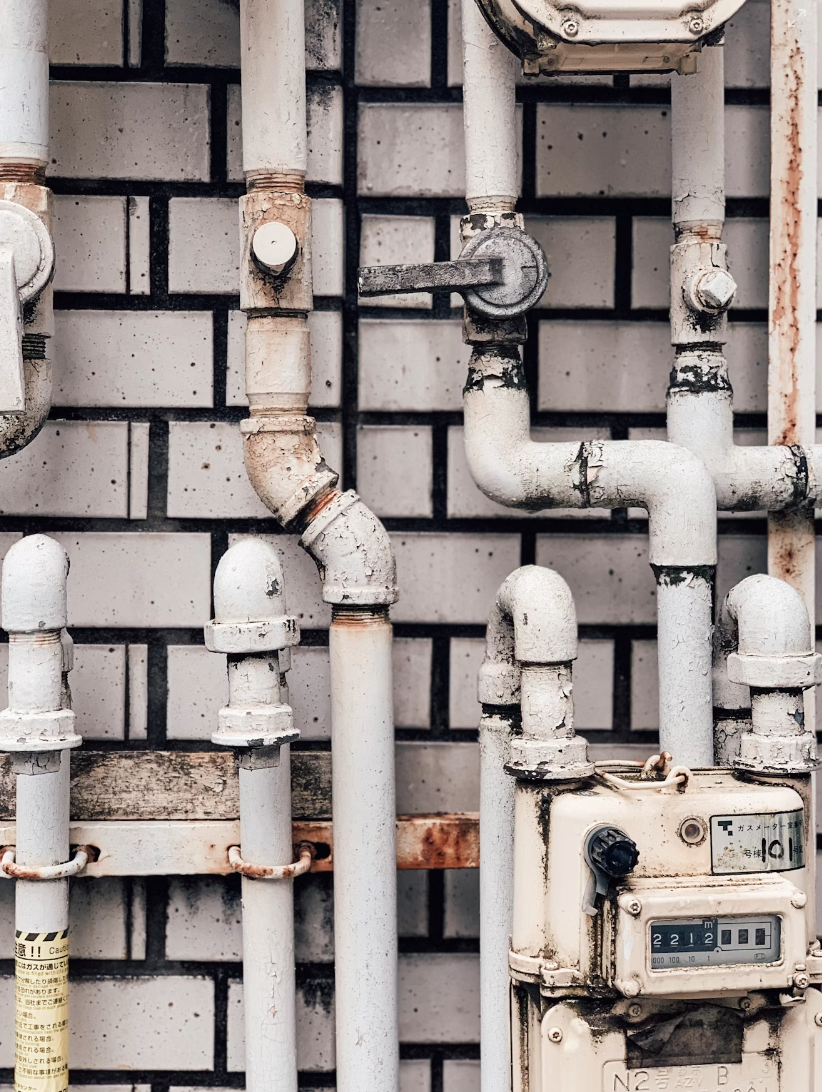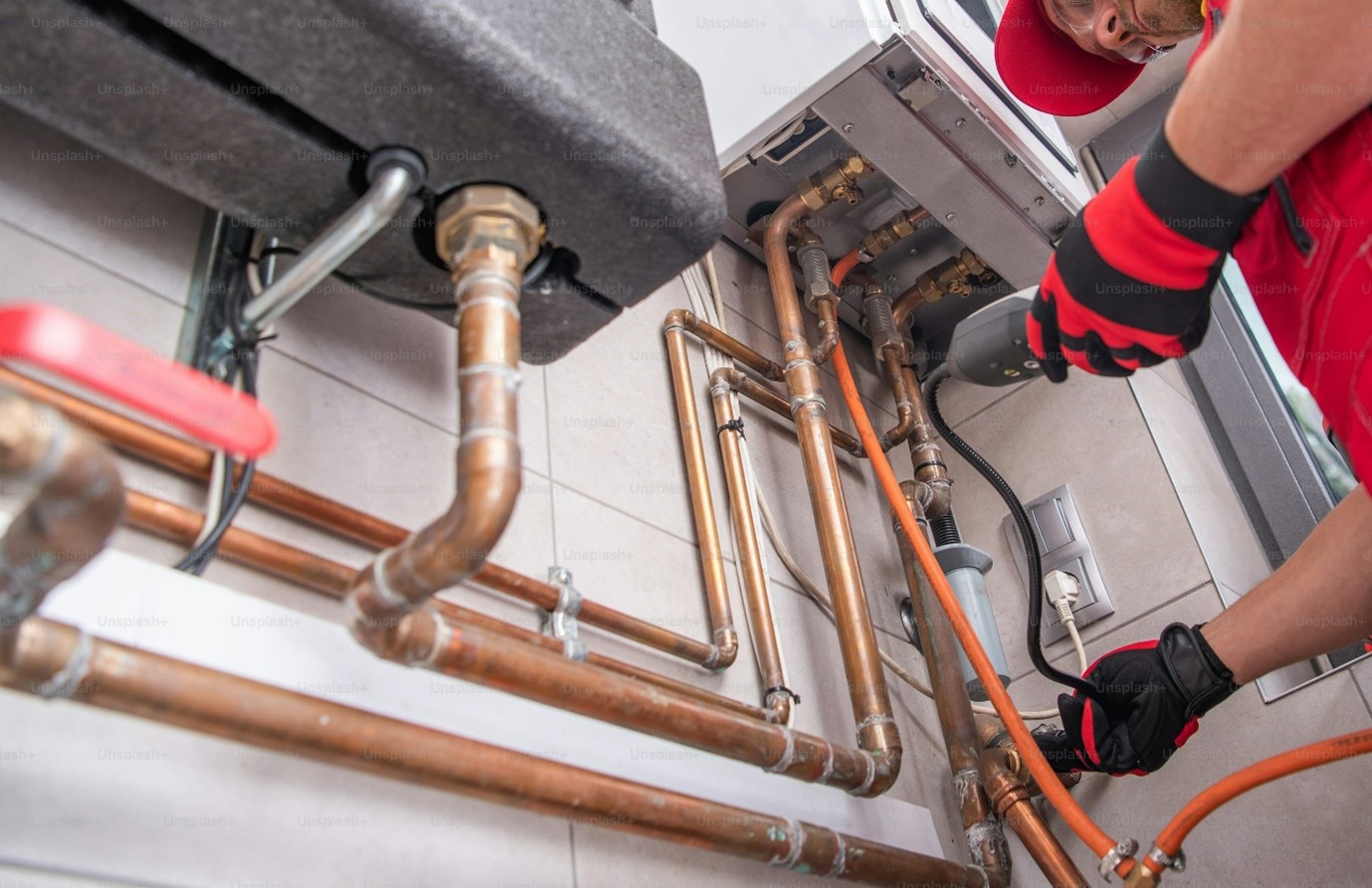
10 Common Plumbing Problems and How to Prevent Them
10 Common Plumbing Problems and How to Prevent Them
SEO Meta-Description: Discover the top 10 common plumbing problems and learn effective prevention tips to keep your plumbing system running smoothly. Contact Wrestore for professional plumbing services.
Introduction
Plumbing issues are inevitable, but knowing how to prevent them can save you time, money, and stress. This article covers the ten most common plumbing problems homeowners face and provides practical prevention tips. From clogged drains to frozen pipes, we’ve got you covered.
Clogged Drains
Clogged drains are one of the most frequent plumbing problems. They can be caused by hair, soap scum, grease, and food particles building up over time.
Prevention Tips:
- Use drain guards to catch debris.
- Avoid pouring grease down the sink.
- Regularly clean your drains with a mixture of baking soda and vinegar.
DIY Unclogging Methods:
- Plunge the drain using a plunger.
- Use a plumbing snake to remove blockages.
- Try a natural drain cleaner before opting for harsh chemicals.
When to Call a Plumber: If DIY methods don’t work or the clog keeps returning, it’s time to call a professional to inspect the issue.
Leaky Faucets
A leaky faucet is not just annoying but can also lead to water wastage and higher utility bills.
Common Causes:
- Worn-out washers or gaskets.
- Corroded valve seats.
- Loose parts or broken plumbing.
Preventive Maintenance:
- Regularly check and tighten faucet components.
- Replace washers and gaskets periodically.
Fixing Minor Leaks:
- Turn off the water supply.
- Disassemble the faucet to identify the issue.
- Replace damaged parts.
Professional Repair: For persistent leaks or if you’re unsure how to fix them, professional assistance is recommended.

Running Toilets
A running toilet can waste up to 200 gallons of water daily.
Causes and Symptoms:
- Worn-out flapper valve.
- Improperly adjusted float.
- Refill tube issues.
How to Prevent:
- Regularly inspect toilet components.
- Adjust the float to the correct level.
- Replace the flapper if it’s worn out.
DIY Fixes:
- Replace faulty parts with new ones.
- Adjust the float arm for proper water level.
Long-term Solutions: For ongoing issues, consider upgrading to a more efficient toilet system.
Low Water Pressure
Low water pressure can result from various issues, including clogged pipes, faulty fixtures, or water supply problems.
Common Causes:
- Sediment buildup in pipes.
- Leaks in the plumbing system.
- Corroded pipes.
How to Diagnose:
- Check pressure in different faucets.
- Inspect for leaks around the house.
- Examine the water meter for unusual readings.
Preventive Measures:
- Regularly clean aerators and showerheads.
- Flush the water heater to remove sediment.
- Inspect and repair leaks promptly.
DIY Fixes:
- Clean or replace aerators.
- Check for leaks and seal them.
- Use a water pressure booster if necessary.
When to Seek Professional Assistance: If low water pressure persists, it’s best to consult a plumber to identify and resolve underlying issues.
Water Heater Issues
Water heater problems can disrupt your daily routine, especially if you rely on hot water for various tasks.
Common Problems:
- No hot water.
- Inconsistent water temperature.
- Strange noises from the heater.
- Leaking water heater.
Preventive Maintenance:
- Flush the tank annually to remove sediment.
- Insulate the tank to maintain efficiency.
- Regularly check for leaks and corrosion.
DIY Troubleshooting:
- Check the thermostat settings.
- Inspect the pilot light (for gas heaters).
- Test the heating element (for electric heaters).
Importance of Professional Inspection: For complex issues, professional inspection and repair are crucial to avoid further damage and ensure safety.
Burst Pipes
Burst pipes can cause significant water damage and require immediate attention.
Causes:
- Freezing temperatures.
- Corrosion over time.
- Excessive water pressure.
Warning Signs:
- Sudden drop in water pressure.
- Wet spots on walls or ceilings.
- Unusual noises from the pipes.
Prevention Strategies:
- Insulate exposed pipes.
- Keep the home warm during cold weather.
- Regularly check and maintain pipe conditions.
Emergency Steps:
- Shut off the main water supply.
- Drain the water from the system.
- Call a professional plumber for repairs.
Sewer System Backup
A sewer system backup is a severe issue that can lead to unpleasant odors and health hazards.
Causes and Symptoms:
- Tree roots infiltrating sewer lines.
- Blockages from non-flushable items.
- Broken or collapsed sewer pipes.
Preventive Maintenance:
- Regularly inspect and clean sewer lines.
- Avoid flushing non-degradable items.
- Plant trees away from sewer lines.
DIY Tips:
- Use enzyme-based cleaners to maintain clear pipes.
- Regularly check for tree root intrusion.
When to Call Professionals: If backups occur frequently or are severe, professional intervention is necessary to resolve the issue.
Faulty Water Lines
Faulty water lines can disrupt water supply and cause leaks.
Common Issues:
- Leaks or bursts in the line.
- Corrosion and rust.
- Pressure imbalances.
How to Detect:
- Monitor water meter for unusual activity.
- Inspect the yard for soggy spots.
- Check for reduced water pressure.
Preventive Maintenance:
- Regularly inspect water lines for wear and tear.
- Replace old or damaged pipes.
- Maintain proper water pressure.
Repair Tips:
- Shut off the water supply before repairs.
- Use pipe repair clamps for temporary fixes.
- Consult a professional for extensive repairs.

Sump Pump Failure
Sump pumps are crucial for preventing basement flooding.
Causes of Failure:
- Power outages.
- Mechanical failure.
- Clogged discharge lines.
Preventive Maintenance:
- Test the pump regularly.
- Clean the pump and discharge lines.
- Install a battery backup system.
Troubleshooting Tips:
- Check the power source.
- Inspect for clogs and debris.
- Ensure the float switch is operational.
When to Replace: If the pump is old or frequently fails, consider replacing it with a new, reliable model.
Frozen Pipes
Frozen pipes can burst and cause significant damage.
Causes:
- Exposure to freezing temperatures.
- Poor insulation.
- Inadequate heating.
Prevention Tips:
- Insulate exposed pipes.
- Keep the home adequately heated.
- Allow faucets to drip during extreme cold.
How to Thaw Safely:
- Use a hairdryer or heat lamp.
- Apply heat slowly to avoid pipe damage.
- Keep the faucet open while thawing.
Emergency Measures: If a pipe bursts, shut off the main water supply and call a plumber immediately.
FAQs
What causes clogged drains?
Clogged drains are often caused by hair, soap scum, grease, and food particles accumulating in the pipes.
How can I prevent leaky faucets?
Regularly check and tighten faucet components, and replace washers and gaskets periodically to prevent leaks.
Why does my toilet keep running?
A running toilet can be due to a worn-out flapper valve, improperly adjusted float, or issues with the refill tube.
What should I do if I have low water pressure?
Check for sediment buildup, leaks, or corroded pipes, and clean or replace aerators. If the issue persists, consult a plumber.
How often should I flush my water heater?
Flush your water heater at least once a year to remove sediment buildup and maintain efficiency.
Conclusion
Preventing plumbing problems requires regular maintenance and prompt attention to minor issues. By following these tips, you can avoid major repairs and ensure your plumbing system functions smoothly. Regular inspections and professional assistance when necessary will help keep your home’s plumbing in top condition. Contact Wrestore for professional plumbing services and expert advice.